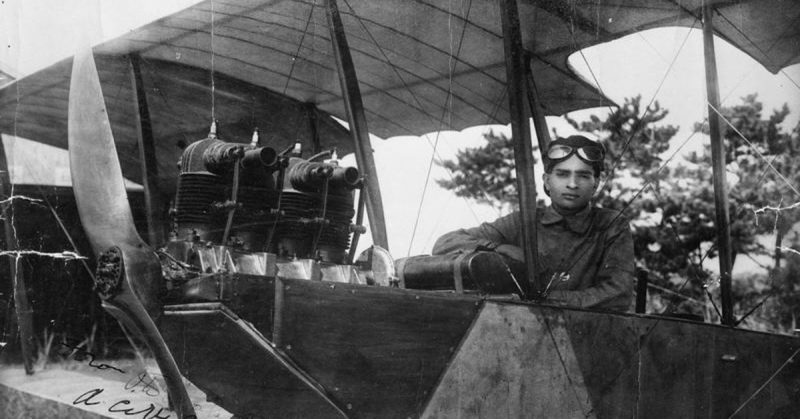Hardit Singh Malik was the first Indian to serve as a pilot in the British air force. Indians who were studying in Britain during the early part of the 1900s were perceived as “potential revolutionaries” and not welcomed into the British military.
When Malik’s tutor at Oxford heard that he was planning to enter the French military in order to serve in World War I, he wrote a letter of commendation to the commander of the Royal Flying Corps. Malik received an honorary commission as a 2nd lieutenant and was assigned to fly Sopwith Camels.
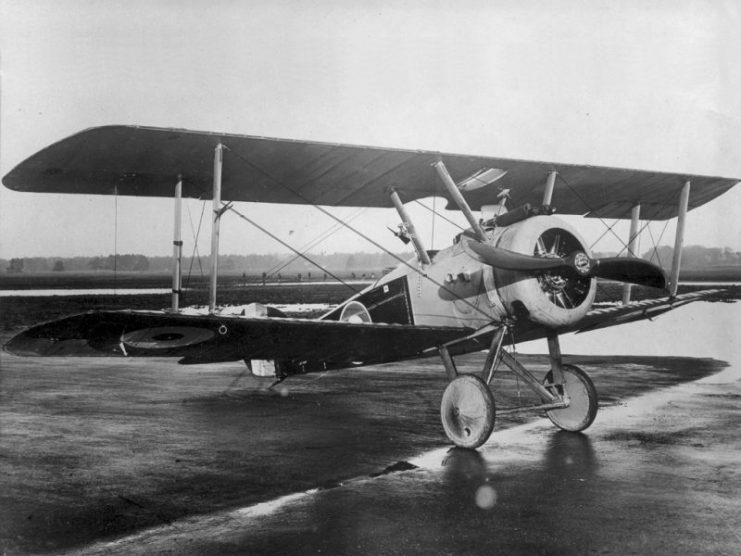
As a devout Sikh, he had a special helmet made that would accommodate his turban. This unusual feature earned him the affectionate nickname of “The Flying Hobgoblin.”
He served in the 28 Squadron under Major Billy Barker. Barker was a Canadian who earned the Victoria Cross and is credited with 33 enemy kills in the war, more than any other WWI pilot. Barker’s obsession was shooting down Manfred von Richthofen, the German ace known as the Red Baron.
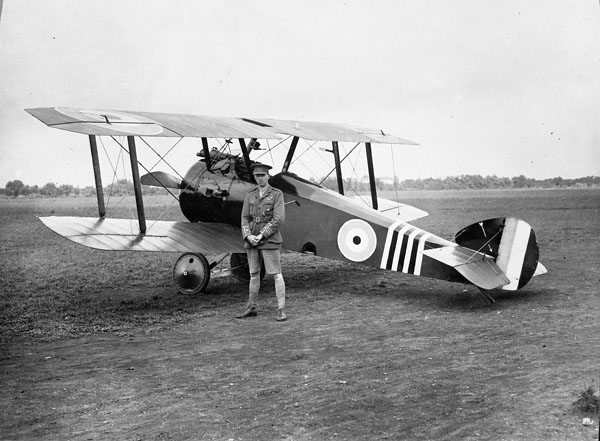
On October 26, 1916, Malik and two other volunteers went on the hunt for the Red Baron in the skies over Passchendaele. As they dropped out of the cloud cover, they were immediately surrounded by enemy fighter planes. Malik was shot in the leg, and his fuel tank was hit, but it somehow did not explode.
He was able to shoot down his attacker and then flew 40 miles at low altitude while being chased by three German pilots and receiving enemy fire from the ground. In the end, his plane had been hit by over 400 bullets.
When interviewed about the incident over 65 years later, he said that the enemy “just did not have a bullet with my name on it.” In spite of all of the times his plane was hit, no vital part of the plane was damaged, and no bullets hit him, other than the ones in his leg. His mechanic was amazed that he had been able to land the plane safely.
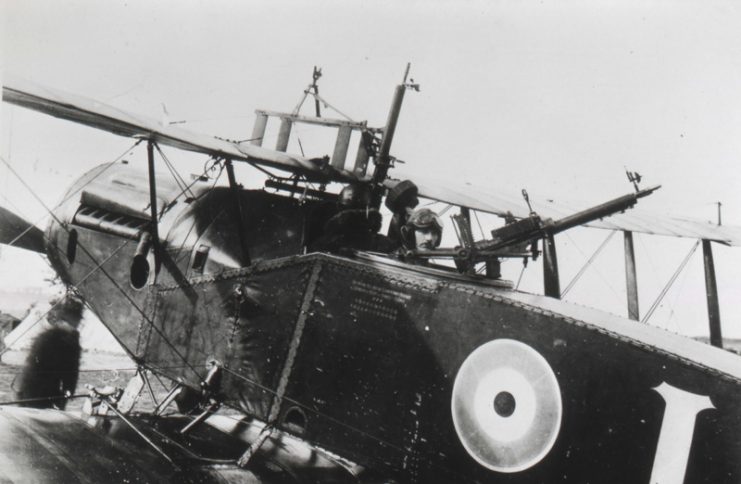
Two of the bullets in his leg would remain there for the rest of his life. He spent some time recuperating from his injuries and then returned to the 28 Squadron in Italy. He would later join the 141 Squadron at Biggin Hill, Kent, to fly Bristol F.2 fighter planes and then serve in France with the 11 Squadron.
When the war ended, Malik had been credited with two kills, though he would insist that he had six. He was one of just four Indians to fly for the Royal Flying Corps. Idra Lal Roy had ten kills before he was shot down in July of 1918.
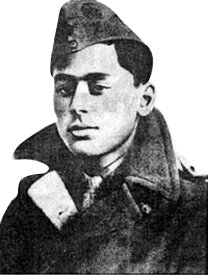
Malik went on to marry and raise three children. After the war, he joined the Indian civil service. From 1938 to 1944, he was the trade commissioner to Canada and the US. In 1944, he became the prime minister of the city of Patiala in Punjab.
When India received independence in 1947, Malik became the first Indian High Commissioner to Canada. He would later serve as ambassador to France.
Malik died in 1985 at 90 years of age.
